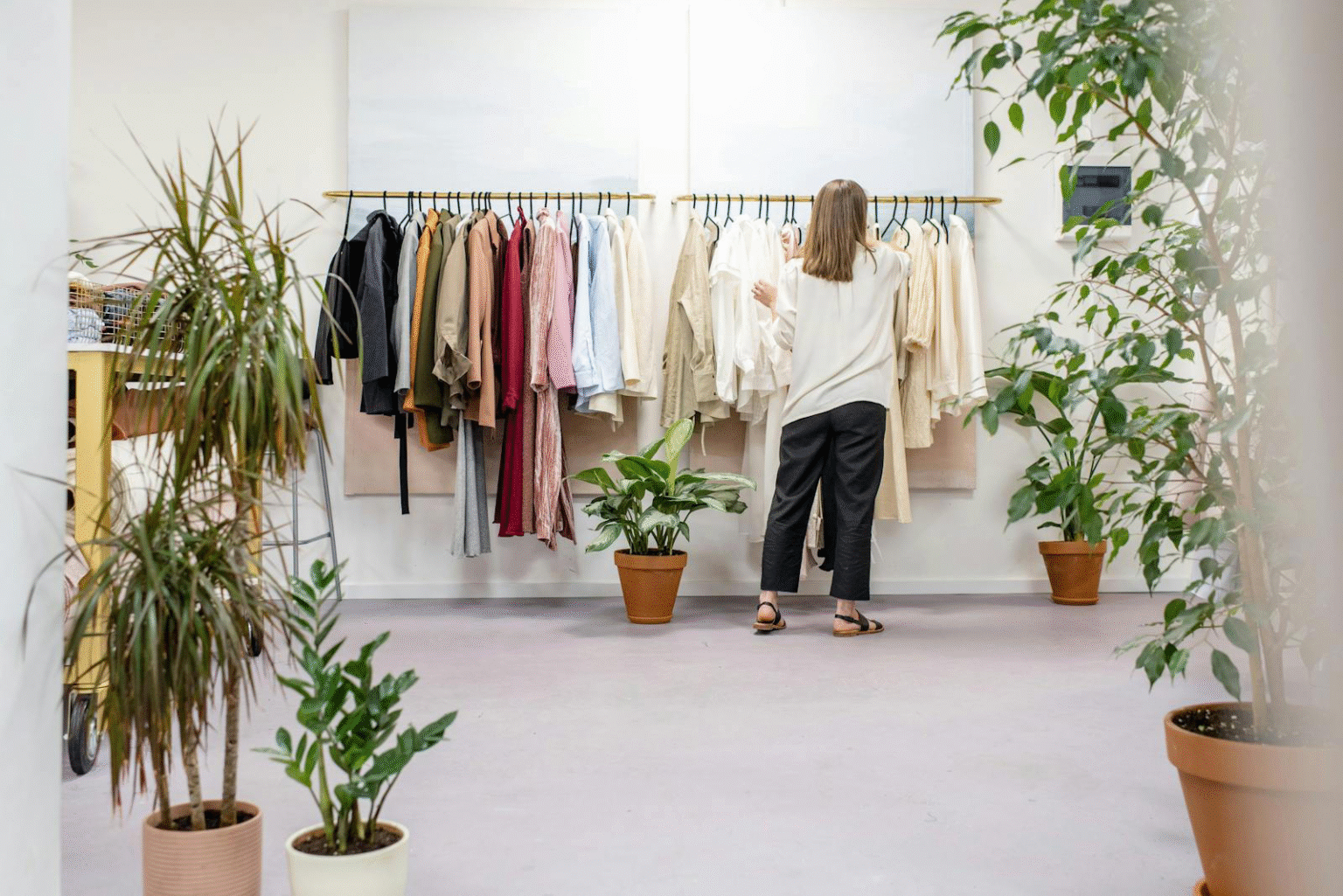Introduction
Fashion is one of the most creative industries, but it is also one of the most polluting. In recent years, people have become more aware of the environmental impact of clothing production. This awareness has led to a growing demand for sustainable fashion brands. These brands are changing the way we shop by focusing on eco-friendly practices, ethical labor, and long-lasting designs.~
Eco-friendly shopping is not only about wearing stylish clothes but also about making responsible choices. Sustainable brands use organic fabrics, recycled materials, and fair trade production. They encourage consumers to buy less, choose better, and keep clothes longer. In 2025, sustainable fashion is more than just a trend—it’s a lifestyle. In this article, we will explore top sustainable fashion brands and why they matter for eco-friendly shopping.
Why Sustainable Fashion Matters
Traditional fashion, often called fast fashion, creates a huge environmental burden. It uses large amounts of water, chemicals, and energy while producing waste and pollution. Many workers in the fashion industry also face unsafe conditions and unfair wages.
Sustainable fashion addresses these issues by focusing on eco-conscious production and ethical practices. Supporting sustainable brands helps reduce carbon footprints, save resources, and promote social responsibility. For eco-friendly shoppers, these brands offer peace of mind knowing their purchases support a healthier planet.
Key Features of Sustainable Fashion Brands
Sustainable fashion brands share common principles that set them apart. First, they use environmentally friendly fabrics such as organic cotton, hemp, bamboo, and recycled polyester. Second, they focus on ethical labor, ensuring fair wages and safe working conditions.
Another important feature is transparency. Many brands now share details about their supply chains, production processes, and sustainability goals. Lastly, these brands encourage durability and timeless designs, reducing the need for constant shopping. By following these values, sustainable brands create a positive impact for both people and the planet.
Popular Sustainable Fashion Brands in 2025
Several brands are leading the way in eco-friendly fashion this year. Some focus on casual wear, while others specialize in luxury or athletic clothing. Here are a few standout names:
- Patagonia – Known for outdoor gear and recycled materials.
- Reformation – Offers stylish, feminine clothing with sustainable fabrics.
- Everlane – Focuses on transparency and ethical practices.
- Stella McCartney – A luxury brand committed to cruelty-free and eco-friendly fashion.
- Pact – Affordable basics made from organic cotton.
- Girlfriend Collective – Activewear created from recycled plastic bottles.
These brands are proving that fashion can be both trendy and sustainable.
Affordable Sustainable Fashion Options
Many people believe sustainable fashion is expensive, but that is changing. Affordable eco-friendly brands are emerging to make responsible shopping accessible. Stores like Pact, H&M Conscious, and Organic Basics offer budget-friendly sustainable clothing.
Another way to shop sustainably is through thrift stores and second-hand platforms. Buying pre-loved clothes reduces waste while saving money. Affordable eco-friendly shopping proves that anyone can support sustainability regardless of budget.
Luxury Sustainable Fashion
Sustainability is not limited to casual fashion—it has also entered the luxury sector. High-end designers are now embracing eco-friendly practices to attract conscious buyers. Brands like Stella McCartney, Mara Hoffman, and Gabriela Hearst are setting examples in sustainable luxury.
These labels focus on high-quality fabrics, timeless styles, and ethical sourcing. Investing in luxury sustainable fashion means owning long-lasting pieces that remain stylish for years. It’s about quality over quantity, which aligns perfectly with eco-friendly values.
Eco-Friendly Fabrics and Materials
One of the most important parts of sustainable fashion is the fabric. Popular eco-friendly fabrics include organic cotton, hemp, linen, bamboo, and Tencel. These materials use fewer chemicals and less water compared to traditional fabrics.
Recycled polyester and upcycled textiles are also growing in popularity. They give a second life to plastic bottles, fishing nets, and old fabrics. Choosing these materials helps reduce waste and supports a circular economy in fashion.
The Role of Technology in Sustainable Fashion
Technology is making eco-friendly fashion even more innovative. Digital fashion shows reduce travel emissions, while AI helps brands predict demand to avoid overproduction. Fabric innovations such as mushroom leather and lab-grown materials are also gaining popularity.
3D printing allows designers to create clothing with minimal waste. Blockchain is being used to increase transparency in supply chains. These technological advances prove that sustainability and innovation can work together for a better fashion future.
How Consumers Can Support Eco-Friendly Fashion
Supporting sustainable fashion is not only about choosing the right brands. Consumers can also make a difference by shopping less and caring for their clothes properly. Washing clothes in cold water, air drying, and repairing instead of replacing are simple eco-friendly habits.
Another important step is recycling clothes or donating them instead of throwing them away. Buying from local brands also reduces shipping-related emissions. Every small choice made by consumers contributes to a larger movement toward sustainability.
The Future of Sustainable Shopping
The future of fashion is green. As more consumers demand eco-friendly products, more brands will adapt sustainable practices. Governments and organizations are also pushing for stricter regulations to reduce fashion’s environmental impact.
In the coming years, eco-friendly shopping will become the norm rather than the exception. Shoppers will have more options, from affordable basics to luxury brands. The goal is to create a fashion industry that values both style and sustainability equally.
Conclusion
Sustainable fashion brands are leading the way toward eco-friendly shopping. They combine style, ethics, and responsibility, proving that fashion can be both beautiful and kind to the planet. By supporting these brands, consumers reduce waste, save resources, and promote fair labor. Affordable and luxury sustainable options are available, making eco-friendly fashion accessible to everyone. With innovations in fabrics and technology, the future of fashion looks promising. Choosing sustainable fashion is more than a trend—it’s a meaningful step toward protecting our world.
FAQs
What makes a brand sustainable?
Sustainable brands use eco-friendly fabrics, ethical labor, and transparent supply chains.
Are sustainable clothes more expensive?
Not always—many affordable brands now offer eco-friendly options.
Which fabrics are eco-friendly?
Organic cotton, hemp, bamboo, Tencel, and recycled polyester are popular choices.
Can luxury brands be sustainable?
Yes, designers like Stella McCartney and Gabriela Hearst focus on eco-friendly luxury fashion.
How can I shop sustainably on a budget?
Look for affordable sustainable brands, thrift stores, and second-hand platforms.
Is sustainable fashion just a trend?
No, it’s becoming a long-term movement that shapes the future of fashion.







